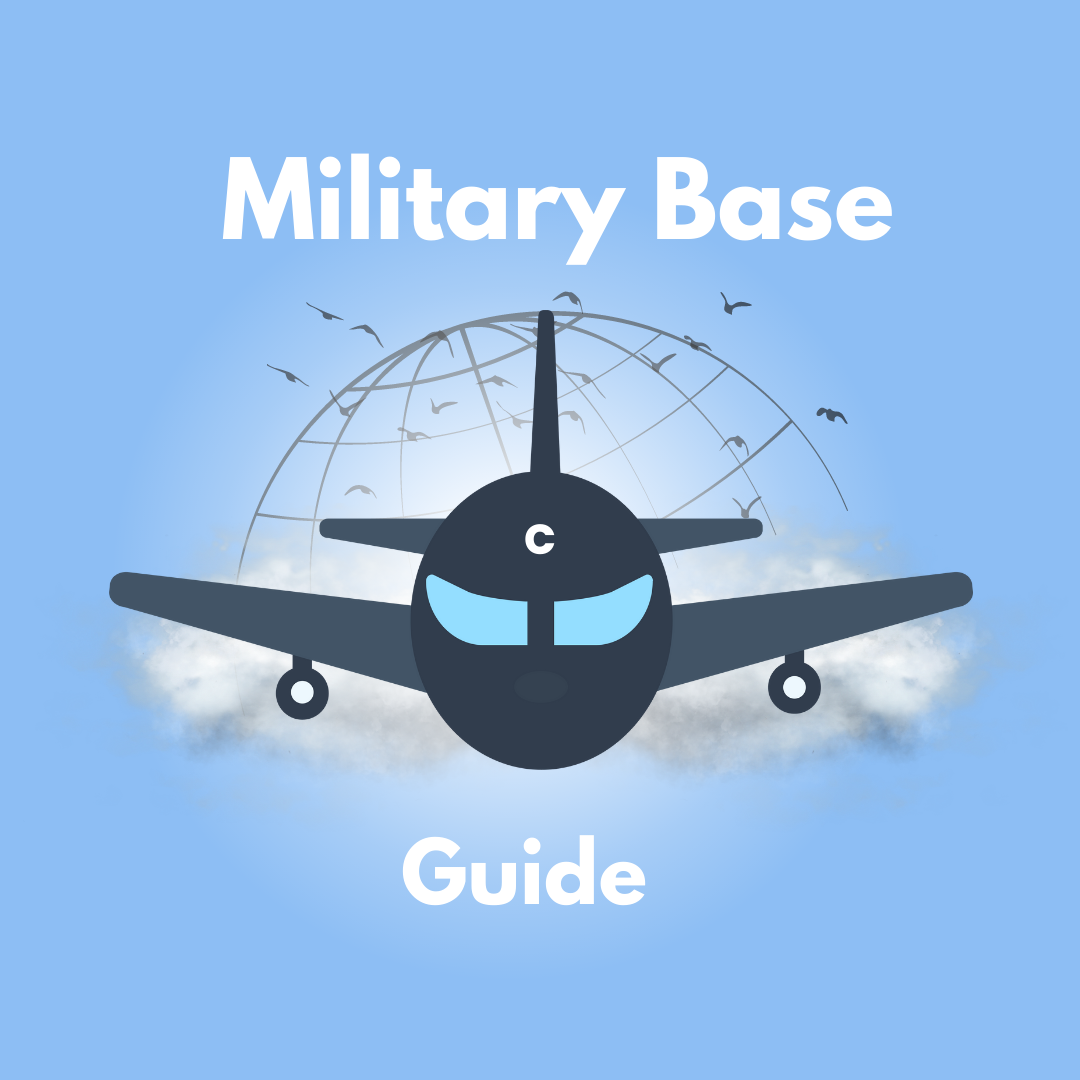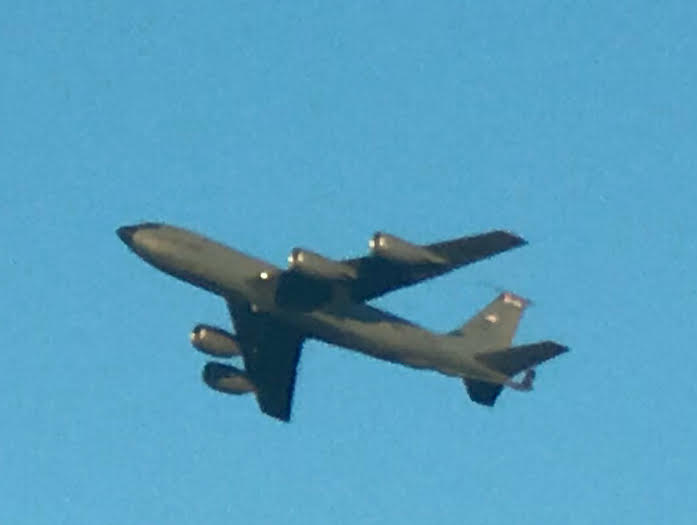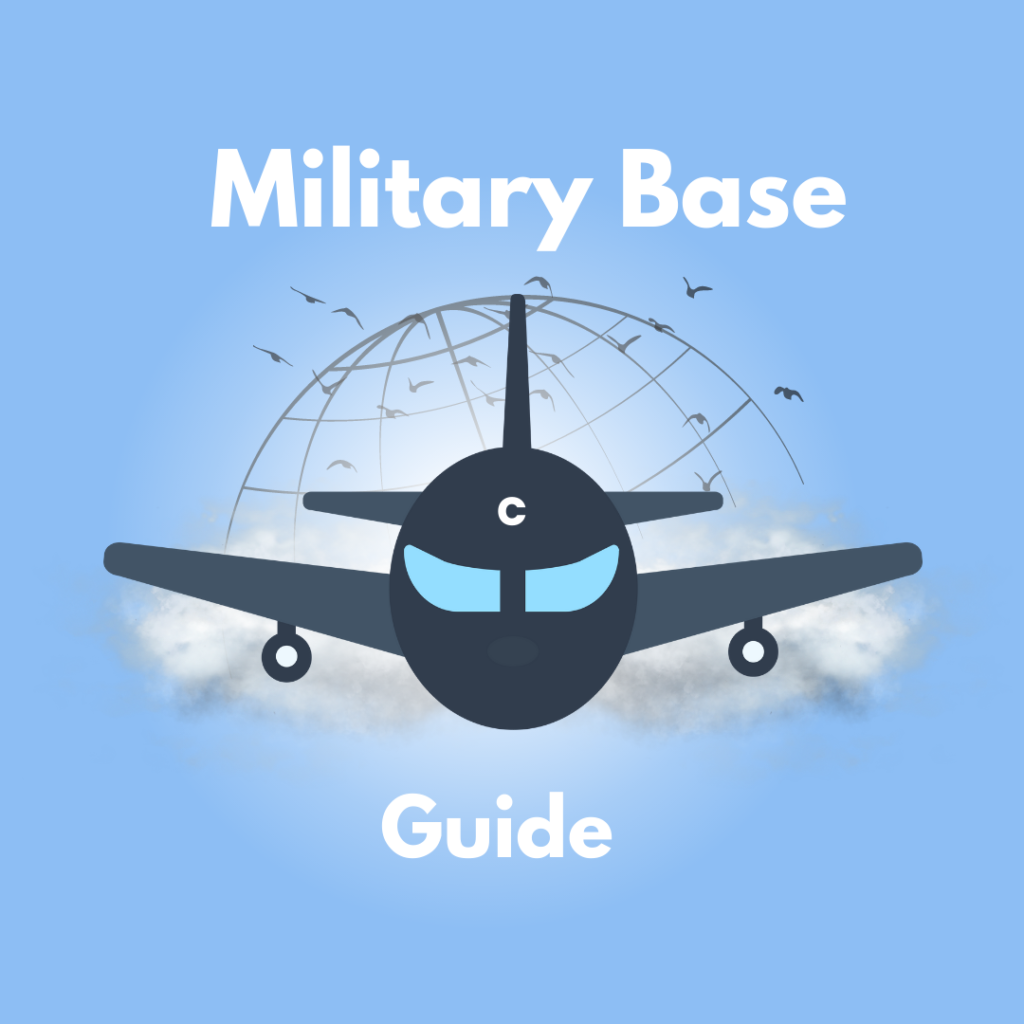Air Mobility Command (AMC) is a vital component of the United States Air Force and plays a crucial role in the logistics and transportation of military personnel, equipment, and supplies. Behind the scenes, the logistics of AMC are complex and require meticulous planning, coordination, and execution to ensure the smooth and efficient movement of assets around the world.
One of the primary functions of AMC is to provide rapid global mobility and sustainment for the nation’s armed forces. This includes the transportation of troops, cargo, and medical patients, as well as aerial refueling and aeromedical evacuation missions. To accomplish this mission, AMC operates a fleet of aircraft that includes the C-17 Globemaster III, C-5 Galaxy, KC-135 Stratotanker, and C-130 Hercules, among others.
The logistics of AMC begin with strategic planning and coordination. The command works closely with other military branches, as well as international partners and commercial carriers, to facilitate the movement of personnel and equipment. This involves coordinating flight schedules, securing landing rights and clearances, and arranging for ground handling and support at various airfields and airports around the world.
Once a mission is planned, the logistics of AMC come into play as aircraft are tasked, loaded, and prepared for departure. This includes arranging for the loading and securing of cargo, ensuring that all necessary supplies and equipment are on board, and conducting pre-flight checks and inspections to verify the airworthiness of the aircraft.
During the execution of a mission, the logistics of AMC continue as aircraft are monitored and supported throughout their journey. This includes tracking the progress of flights, providing en route support and assistance as needed, and coordinating with air traffic control and other agencies to ensure safe and efficient passage through airspace and airports.
At the destination, the logistics of AMC are again in play as aircraft are unloaded, cargo is offloaded, and personnel and equipment are transported to their final destinations. This may involve coordinating with ground support personnel, arranging for transportation and logistics on the ground, and providing any necessary support and assistance to ensure a smooth and efficient transition.
Throughout the entire process, the logistics of AMC are supported by a network of personnel and facilities that provide the necessary infrastructure and support services to ensure the success of each mission. This includes logistics planners, loadmasters, maintenance personnel, and ground support crews, as well as facilities such as air cargo terminals, aerial port squadrons, and air refueling wings.
In conclusion, the logistics of Air Mobility Command are a critical component of the global mobility and sustainment mission of the United States Air Force. Through meticulous planning, coordination, and execution, AMC ensures the rapid and efficient movement of personnel and equipment around the world, enabling the armed forces to respond to crises, conduct operations, and project power wherever and whenever it is needed.


